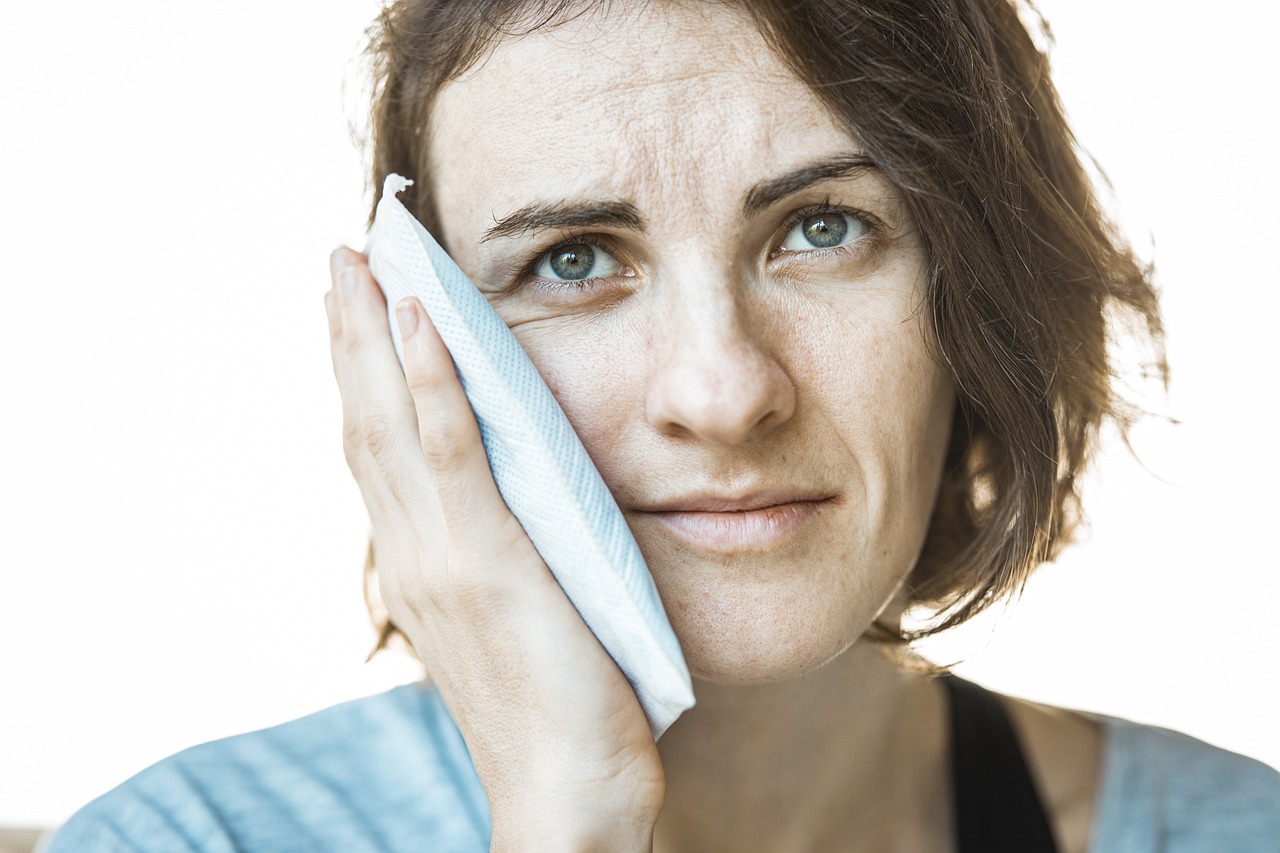Health
How to Use Heat and Ice Packs for Different Types of Pain

Heat therapy has been used for centuries to relieve various types of pain. Applying heat to the affected area can help relax muscles, increase circulation, and reduce stiffness. One of the most convenient and effective ways to apply heat is through the use of heat packs and ice packs. These packs are portable and easy to use, making them a popular choice for pain relief. In this article, we will explore how to use heat and ice packs for different types of pain and provide some helpful tips for getting the most out of your heat therapy.
-
Muscle Pain and Tension
One of the most common uses for heat and ice packs is to relieve muscle pain and tension. Whether you’re experiencing a sore back, neck, or shoulders, applying heat can help relax tight muscles and reduce discomfort. To use a heat pack for muscle pain, simply heat it according to the manufacturer’s instructions and apply it to the affected area.
You can also wrap the heat pack in a towel to create a barrier between the pack and your skin if it feels too hot. Leave the heat pack on for about 15-20 minutes and repeat as necessary. Heat packs can be used multiple times throughout the day to help alleviate muscle pain and tension.
-
Joint Pain and Arthritis
Heat therapy can also be beneficial for those suffering from joint pain and arthritis. The warmth from an ice pack can help increase blood flow to the affected area, which can reduce inflammation and relieve pain.
To use a heat pack for joint pain, heat it according to the manufacturer’s instructions and apply it directly to the affected joint. If the heat pack is too hot, you can wrap it in a towel or use a heat pack cover to create a barrier between the pack and your skin. Leave the heat pack on for 15-20 minutes and repeat as needed. Using heat packs regularly can help manage joint pain and improve mobility for individuals with arthritis.
-
Menstrual Cramps
Many women experience menstrual cramps during their monthly cycle, and heat therapy can provide much-needed relief. Applying heat to the lower abdomen can help relax the muscles and reduce the intensity of cramps. To use a heat pack for menstrual cramps, heat it according to the manufacturer’s instructions and place it on your lower abdomen. You can use a towel or a heat pack cover to create a barrier between the pack and your skin if it feels too hot. Leave the heat pack on for 15-20 minutes and repeat as needed throughout the day. Heat packs can be a natural and effective way to manage menstrual cramps without relying on medication.
-
Sports Injuries
Heat therapy is often used in the treatment of sports injuries to help reduce pain and promote healing. Applying heat to the injured area can increase blood flow, which can accelerate the recovery process. To use a heat pack for a sports injury, heat it according to the manufacturer’s instructions and apply it to the affected area. Make sure to follow the R.I.C.E. (Rest, Ice, Compression, Elevation) protocol in the acute phase of the injury before transitioning to heat therapy. Heat packs can be used once the initial swelling has subsided to help alleviate pain and promote healing.
-
Stress and Anxiety
Heat therapy is not only beneficial for physical pain but can also help relieve stress and anxiety. The warmth from a heat pack can promote relaxation and soothe tense muscles, helping to reduce feelings of stress.
To use a heat pack for stress relief, heat it according to the manufacturer’s instructions and find a comfortable place to relax. Place the heat pack on your neck, shoulders, or any other area where you hold tension. Close your eyes, take deep breaths, and allow the heat to melt away your stress. Using a heat pack as part of your self-care routine can help promote relaxation and overall well-being.
Final Thoughts
Heat and Ice packs are a versatile and convenient tool for managing various types of pain. Whether you’re dealing with muscle pain, joint pain, menstrual cramps, sports injuries, or even stress and anxiety, heat therapy can provide relief.
-
Blog1 year ago
MyCSULB: Login to CSULB Student and Employee Portal – MyCSULB 2023
-
Android App3 years ago
Cqatest App What is It
-
Android1 year ago
What Is content://com.android.browser.home/ All About in 2023? Set Up content com android browser home
-
Software2 years ago
A Guide For Better Cybersecurity & Data Protection For Your Devices
-
Latest News2 years ago
Soap2day Similar Sites And Alternatives To Watch Free Movies
-
Android2 years ago
What is OMACP And How To Remove It? Easy Guide OMACP 2022
-
Android3 years ago
What is org.codeaurora.snapcam?
-
Business2 years ago
Know Your Business (KYB) Process – Critical Component For Partnerships





















